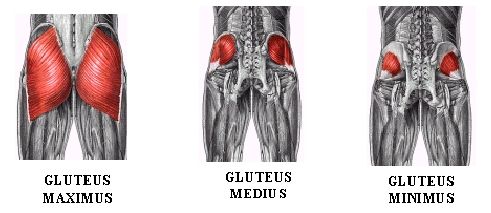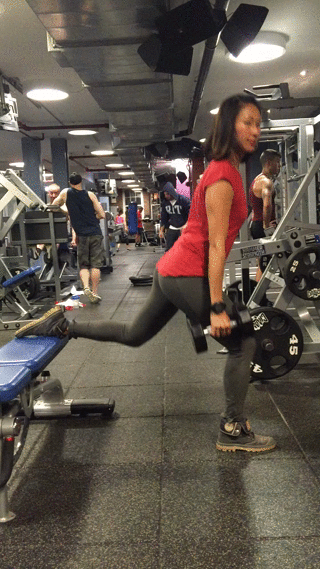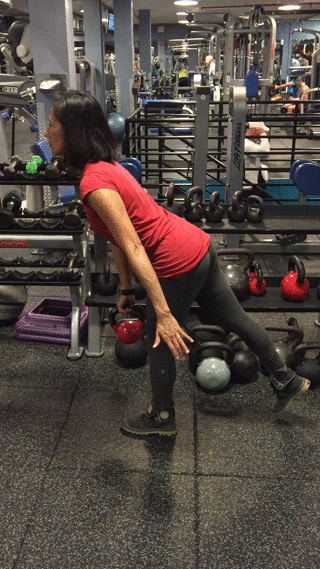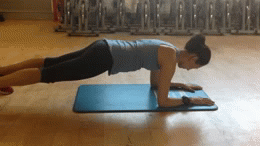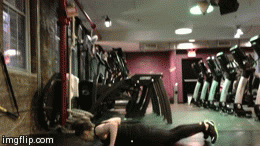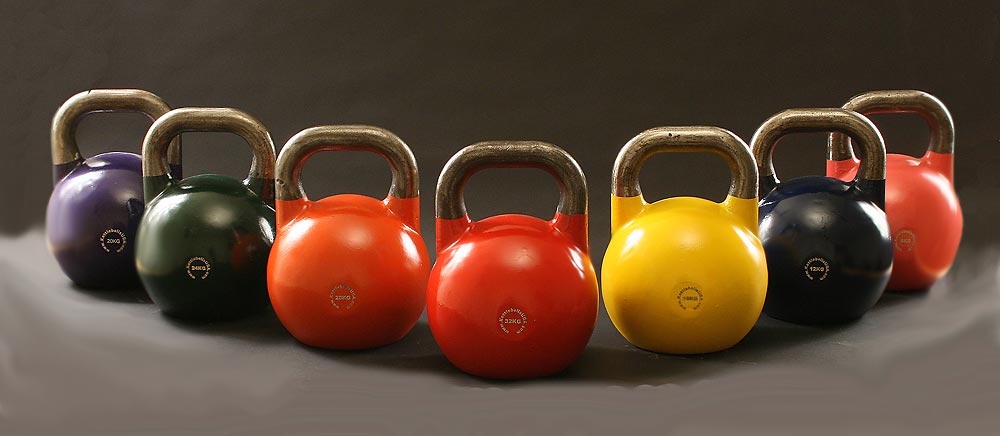In a general sense, mobility is the ability to move or be moved freely and easily. In the fitness world, mobility is being able to perform functional movement patterns without restrictions in range of motion (ROM).
The hip joint is the largest and one of the most important joints of the body. It bears our entire body weight when we walk, run, and jump. Functionally, the hip joint is one of the most flexible joints and allows the greatest range of motion yet it’s also one of the tightest areas of the body and one that creates chronic and reverberating pain. It connects our upper and lower body so the muscles attached above and below the hip are affected by movements supported by this joint system. These movements require work from these muscles that stabilize and support and will place a certain level of force on the hip. The hip joint must accommodate these forces repeatedly. With repetitive motion, tightness occurs which create restrictions in the body. Mobility becomes challenging due to these limitations.
Open hips help to relieve back pain, improve circulation through the legs, increase agility and flexibility of your gait which all equates to better mobility. The hips are also at the center of your body and alignment so releasing the hips will help to relieve tightness in areas above and below this ball and socket joint. Super important!
Here are 5 stretches to help you increase hip mobility.
LOW LUNGE

GREAT FOR:
– Releasing tightness in the lower back especially for those that experience sciatica and LBP (lower back pain)
– Opening the hip flexors (psoas, rectus femoris, TFL) and the front chain of your body (rectus abdominis, pectoral muscles, side waists)
– Increasing ROM for faster and more agile movements
SOME TIPS:
– Keep the front foot directly under the knee
– Slide back leg as far back as you can so you’re above the knee joint and not directly on the patella (knee bone)
– Try to connect back pinky toe to the floor (slight internal rotation of back leg)
– Draw the abdominals in to protect lower back when leaning back
LIZARD POSE

GREAT FOR:
– Stretching and releasing inner thighs while opening the hip flexors
– Increasing range of motion and gait for longer strides
– Opening the chest and shoulders
SOME TIPS:
– Align the front knee directly above the foot
– Keep back leg as straight as you can. Drop the back knee to the floor to modify
– Keep chest lifted and back as flat as you can (avoid rounding upper back)
– Draw the front knee as close to the shoulder (midline) as you can
PIGEON POSE

GREAT FOR:
– Relieving chronic LBP and sciatica
– Opening the hip flexors and inner thighs
– Releasing tension and increase ROM in the hip rotator muscles (glute medius, glute minimus, piriformis, gemellis)
– Increasing circulation through the legs and digestive and reproductive systems
SOME TIPS:
– Keep back leg as straight as you can
– Keep hips squared by placing each hip on its own side of the mat
– Keep front shin parallel to the front of your mat. Modify by propping your seat up with blankets or blocks
– Keep front foot flexed to stabilize the knee joint
COW FACE POSE
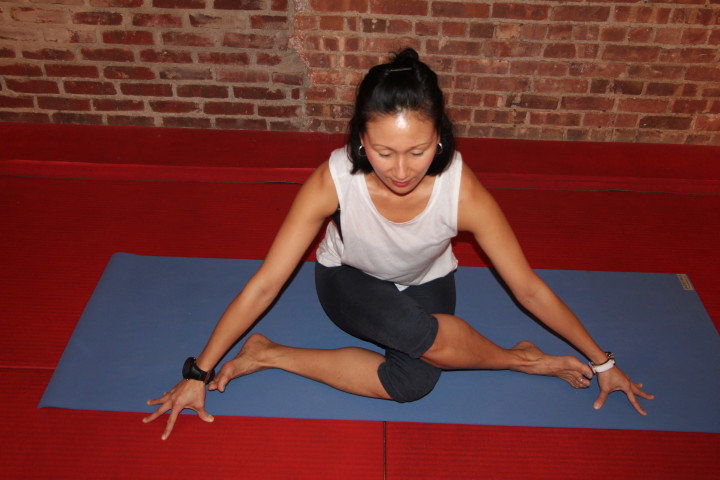
GREAT FOR:
– Releasing tension in the outer hips and lower back
– Opening all hip rotators muscles
– Stretches ankle joints
SOME TIPS:
– Flex both feet to stabilize knees
– Cross legs at the knee joint
– Prop your seat up with blankets or blocks to modify
– Keep a straight back when leaning forward over the legs
– Breathe…this is a very intense hip stretch!
ANKLE TO KNEE

GREAT FOR:
– Relieving tightness in LBP and sciatic pain
– Releasing hip flexors and rotators
– Increasing ROM for quicker and longer lateral movements
SOME TIPS:
– Align both feet above and below the knees to form a triangle with both legs
– Flex both feet to stabilize knee joint
– Keep lower back slighted arched and back straight when leaning forward
*Hold each stretch for at least 20-30 deep and long breaths. I promise it gets easier, the longer you stay in the stretch.
The muscles and attachments of your hip joint are extremely strong, as they should be to keep this large joint stable. However this also makes stretching it a challenge! For those that sit all day long, your hips are in a constant state of flexion, so working on flexiblity and mobility is not to be overlooked. The tighter the hip, the less you use them. The less you use them, the tighter they get. Vicious cycle! So the more you release and open the hips, the more you can release tension and prevent restrictions…all leading to better mobility. We can all agree that we want to move without limitations and more importantly without pain. So the more mobile our bodies are, the faster we can move and feel good doing so.







